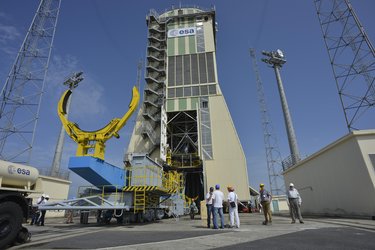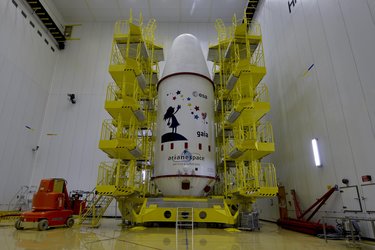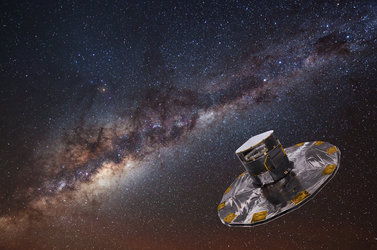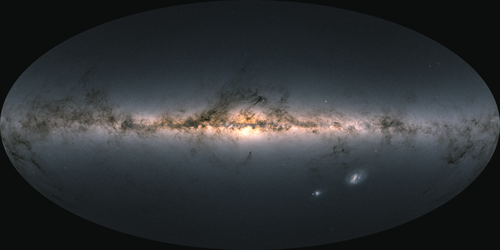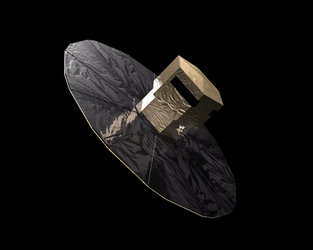Gaia has ticket to ride
ESA’s Gaia mission to survey a billion stars is ‘go’ for launch. The satellite has passed its final checks and is ready to be launched tomorrow from Europe’s spaceport in Kourou.
Launch is set for 9:12:19 GMT (10:12:19 CET) and fuelling of the Soyuz–Fregat rocket will begin about four hours before. Then the 53 m-high mobile gantry surrounding the vehicle will be removed and the final countdown will begin.
After liftoff, a number of automated sequences must be completed before the launch can be declared a success.
Some 118 seconds after liftoff, the rocket’s four boosters are jettisoned, followed by the fairing at 220 seconds. The fairing protects Gaia during the turbulent first few minutes of its journey up through Earth’s atmosphere.
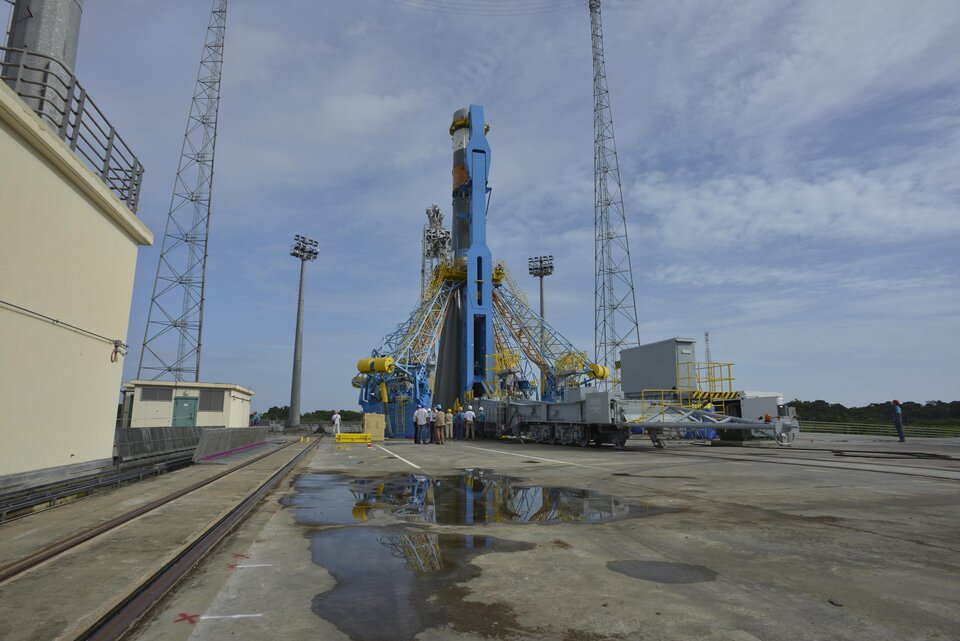
Separation of the rocket’s second and third stages is followed by two burns of the Fregat upper stage, before it too separates from Gaia 42 minutes after launch. This activates Gaia’s automatic sequence, including switching on its transmitters, setting its attitude with respect to the Sun, and deploying the 10.5 m-wide sunshield, starting 88 minutes after launch.
The whole sequence will end 101 minutes after launch, after which mission controllers will confirm completion of the most critical part of the ‘launch and early orbit’ phase of the mission.
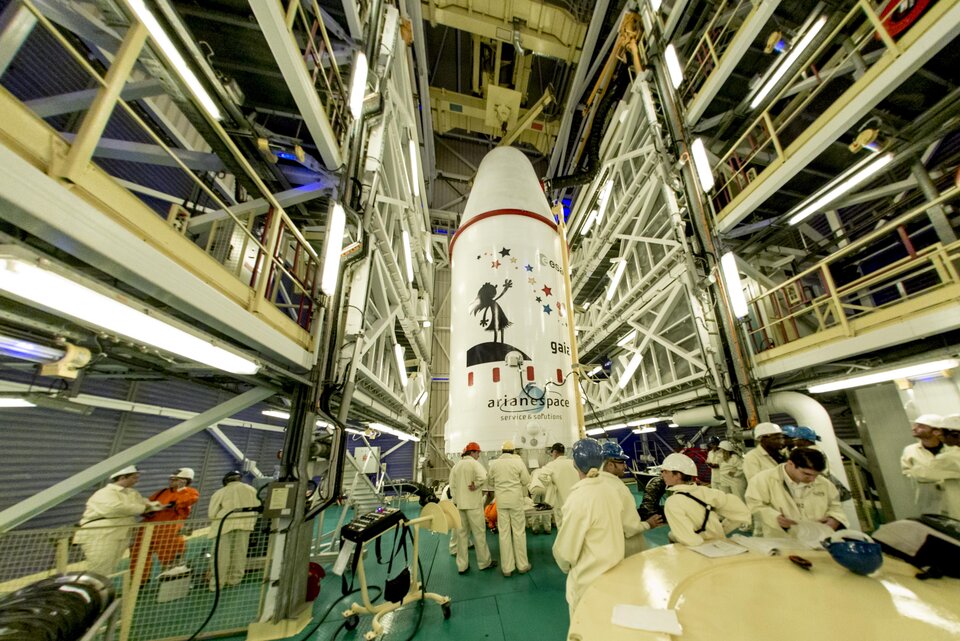
At this point, Gaia will then be on its way to ‘L2’, a gravitationally stable point in space some 1.5 million kilometres ‘behind’ Earth as seen from the Sun. After three course corrections, the spacecraft will arrive in its orbit around L2 about three weeks later.
From there, Gaia will conduct the biggest cosmic census yet, charting the positions, motions and characteristics of a billion stars to create the most precise 3D map of our Milky Way.
Follow the Gaia blog for detailed launch updates and watch the launch online.




